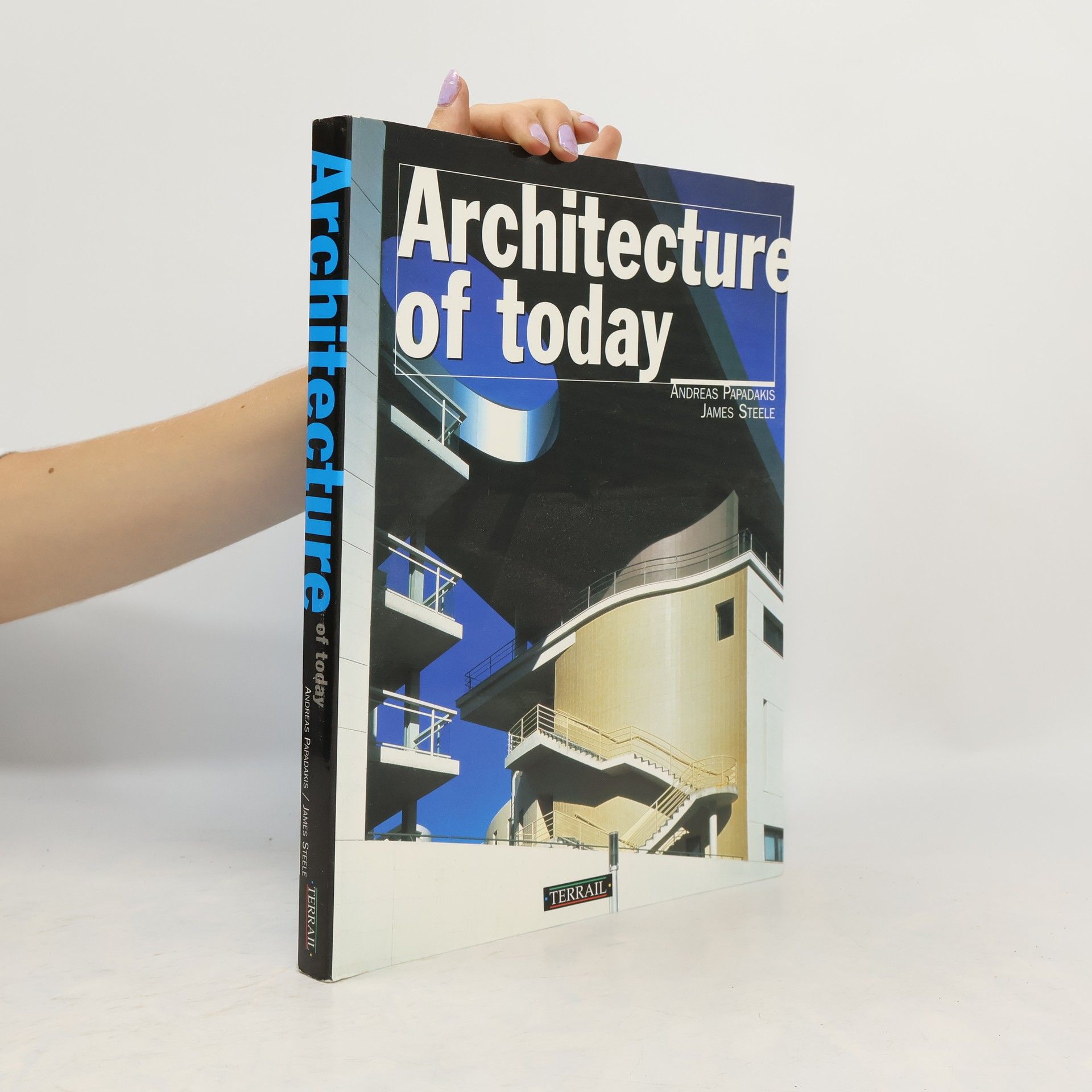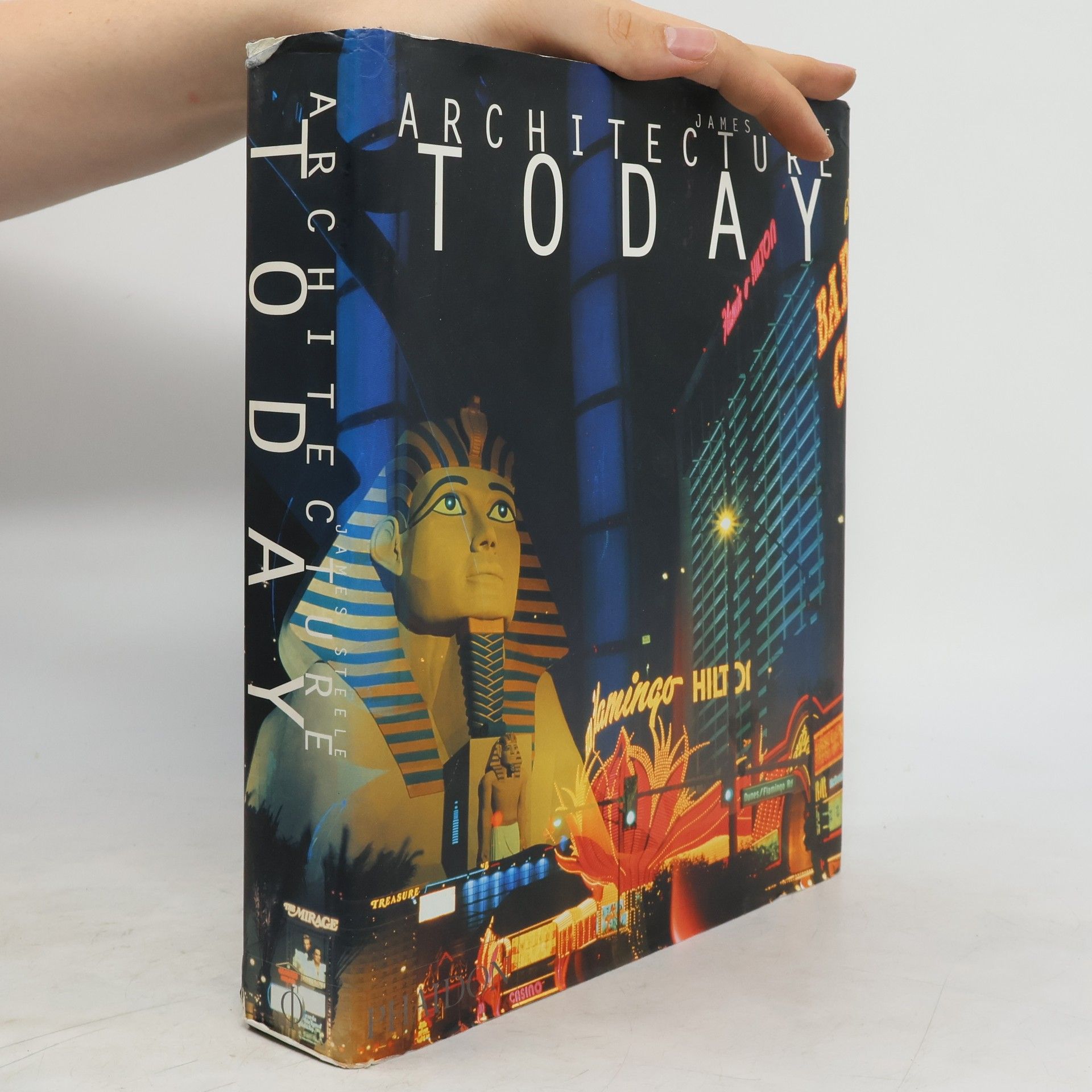James Steele Bücher
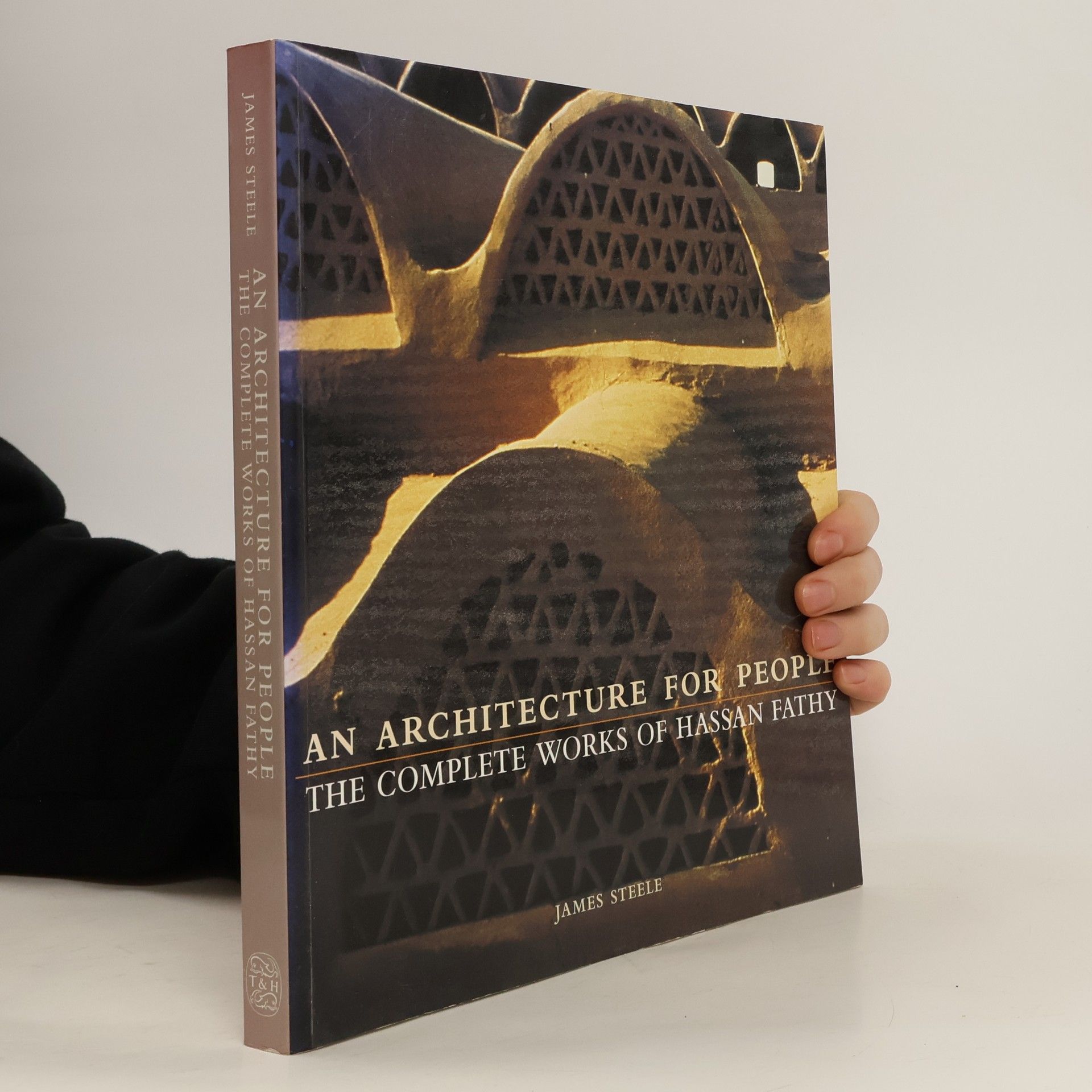



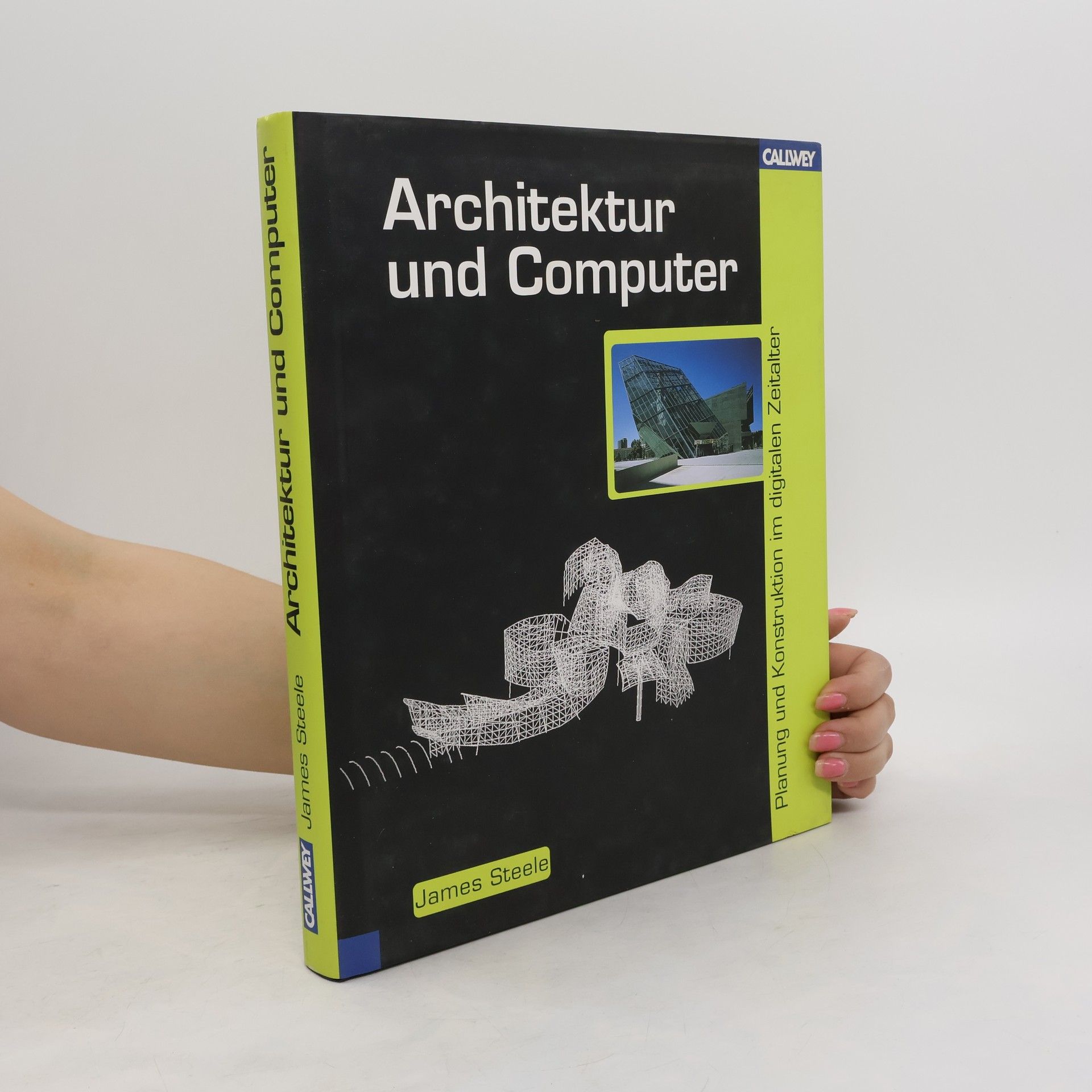
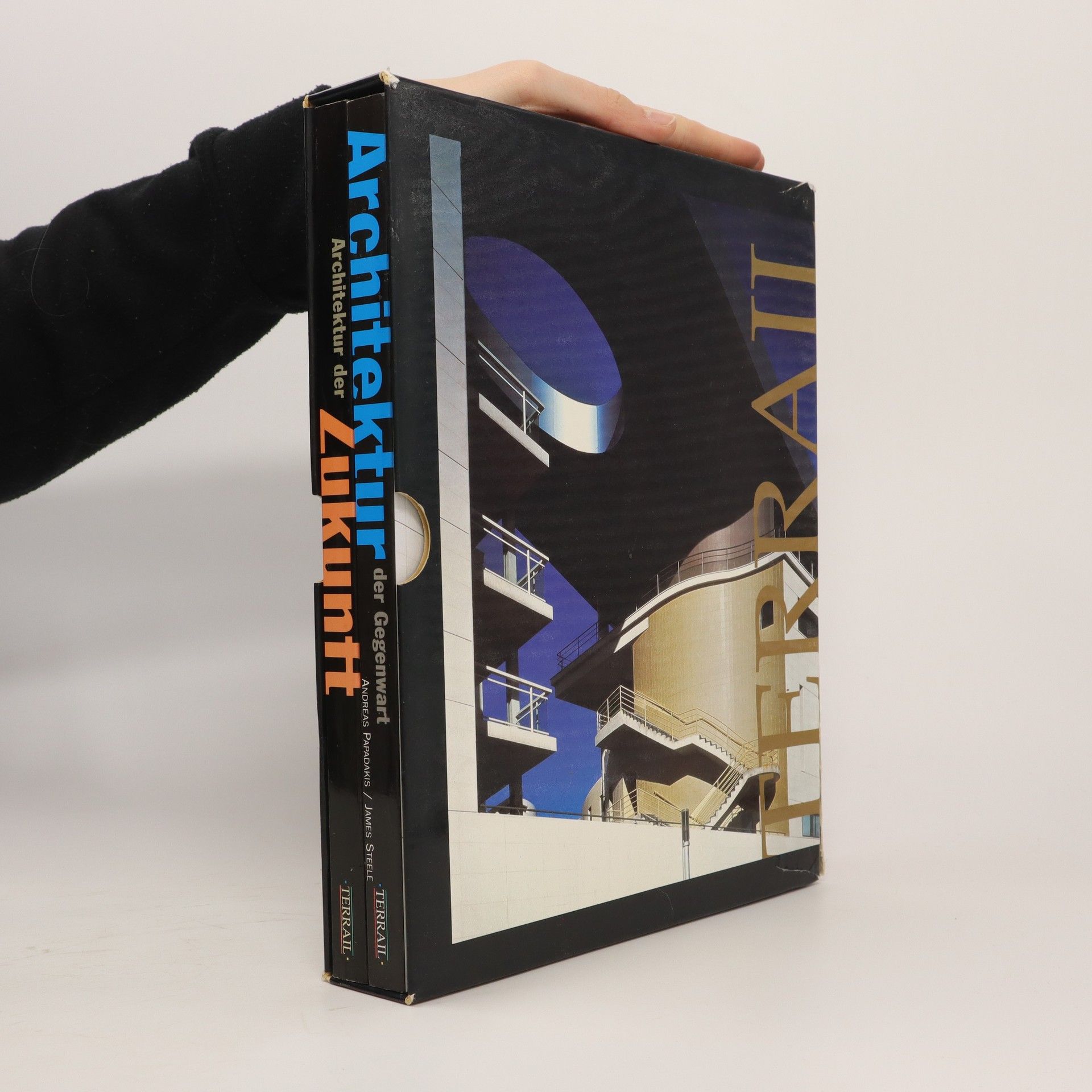
Architektur und Computer
- 240 Seiten
- 9 Lesestunden
Exploring the architectural landscape of Los Angeles, the book delves into the underlying influences that shape its seemingly chaotic design. It highlights the contributions of key figures from the American Arts and Crafts movement to modern icons like Frank Gehry. By examining the evolution of architectural styles and the unique character of the city, the author reveals the intricate connections and cultural narratives that define Los Angeles' architectural identity.
An architecture for people : the complete works of Hassan Fathy
- 208 Seiten
- 8 Lesestunden
This is an account of Hassan Fathy, one of the most influential Third World architects of the 20th century. The ideas he formulated before his death in 1989 have become key elements in the global architectural agenda, with his influence being particularly profound in the developing world.
Queen Mary
- 240 Seiten
- 9 Lesestunden
This evocative and nostalgic book, now available for the first time in paperback, celebrates the golden age of sea travel. Once the world's largest and fastest ocean liner by far, today the Queen Maryrepresents a peak of perfection in the art of shipbuilding. With her sleek, sophisticated lines, Art Deco interiors and exquisite detailing, she encapsulates the spirit of an era characterized by elegance and style. On her maiden voyage from Southampton to New York in 1936, this great new liner provided a tangible symbol of the end of the Depression, to become a source of great national pride. Beautifully illustrated with specially commissioned colour photographs and much previously unpublished archive material, this book captures the atmosphere of the Queen Mary'sglory days, to present a comprehensive record of this magnificent and unique floating example of the streamlined style: it remains equally appealing to the enthusiastic connoisseur and general aesthete alike.
Architecture of today
- 224 Seiten
- 8 Lesestunden
The 1980s saw a new generation of architects advocating a rich, pluralist style of architecture, both complex and contradictory, and furnishing proof of its vitality in their work. This book brings together the work of more than forty internationally renowned architects who are representative of this revival.
With the collapse of Modernism in the 1960s, architecture has fragmented and evolved in many different directions, each driven by its own ideologies and theories. This book sets out a clear and comprehensive guide to the prominent styles and movements, tracing the work of the main protagonists of contemporary architecture. Architecture Todayis divided thematically into 16 chapters, offering an incisive critique of the predominant trends, stylistic and regional, of the last 25 years. It traces the recent roots of today's architecture with sensitivity and sophistication: from the Los Angeles avant-garde and experimentation in Japan, through the stylistic upheavals of Postmodernism and Deconstructivism, to the global development of ecological architecture and the contemporary vernacular. Biographies are also included to reveal the individual history behind each of the protagonist architects featured. Free from the jargon that often characterizes architectural criticism, Architecture Todayis accessible and essential reading for all those interested in architecture, the visual arts and modern culture.
Felix and the Sacred Thor
- 104 Seiten
- 4 Lesestunden
The story revolves around a powerful figure who possesses the legendary weapon, Thor's hammer, which holds the fate of humanity in its grasp. As threats loom and challenges arise, this character must navigate a world filled with danger and intrigue, facing formidable foes while uncovering deeper truths about their own destiny. Themes of heroism, sacrifice, and the struggle between good and evil are central to the narrative, as the wielder of the sacred Thor grapples with the immense responsibility of their power.

